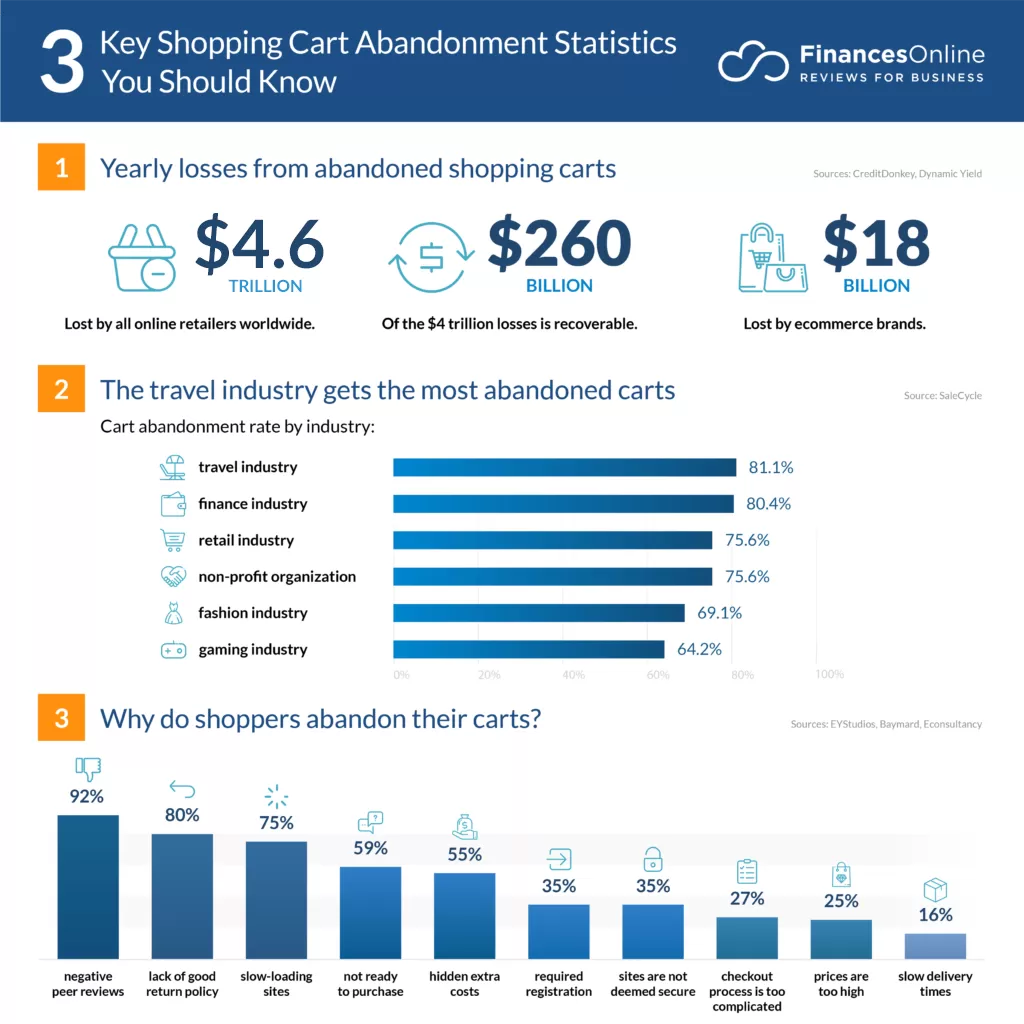Most retailers concentrate on having everything prepared to capture a sale when the customer comes to their website, but what if they don’t come? What if, despite your best efforts they have busy lives of their own, and don’t think, “Oh hang on a minute I haven’t been shopping lately”.
Picture your own experience of the last time you bought something. Psychologists suggest that, for a purchase to be made due to: i. basic need, ii. convenience iii. replacement iv. scarcity v. prestige/aspiration vi. emotions vii. price viii. value, in that order.
This means first and foremost the things you feel you need to exist, and that aside puts convenience front and centre. Now ask yourself “is it convenient for me to visit a site, or is it more convenient for the site to come to me?” Bingo, you snooze you lose!
So while you plough money, time and effort into the world’s most beautiful product selections, and website design, get perpetually harangued by SEO companies to move you up the rankings (or are Next and able to afford to spend £75 million on it), your competitor can pitch your customer as easily as sending them an email, with the right product, the right offer, at the right time. this software is caller predictive personalisation software (PPS). No wonder the likes of Forrester, McKinsey and Statista rank it as the highest ROI marketing tool currently available. Is it in your arsenal?
Today’s consumers have it made. Mobile ecommerce in now engrained into the shopping process, giving more control over when and where they shop. In this multi-device, cross-channel experience, there are two critical moments when consumers tend to stray from the shopping process: product pages and the shopping cart.
Commonly referred to as Product Page Abandonment and Shopping Cart Abandonment, retailers must begin to break away from the traditional, outdated view that all shoppers leave with no intention of returning to complete the purchase and start planning for other alternatives.
Revenue rescue
It can be difficult to accurately determine why shoppers leave product pages. Unlike shopping cart abandonment where the shopper is further down the purchase path and closer to the “submit order” button, a product page visitor may be casually browsing products with little to no intent to purchase.
Product page Abandonment
Alternatively, shoppers may abandon your product pages if the ease and flexibility of your site don’t translate well to a mobile device. That said, optimising product pages should be an ongoing focus for retailers. These pages should not only be visually optimised for mobile devices, but all functionality should also be available regardless of the device (or devices) a shopper is using. As new features such as real-time inventory look-up, in-store pick-up, robust product galleries and other customisation options are added to product pages, retailers should not lose sight of multi-device, cross-channel shopper expectations.
The concept of triggering an email when a shopper leaves a product page may be new to some retailers, and our partners Klaviyo specialise in this. These automated messages have traditionally not been as common as shopping cart reminders, though many retailers have started to add email to their marketing toolbox.
Only 15% of retailers are currently sending at least one product page abandonment reminder email, and just 5% of those send a series of two reminders. While this may seem low, similar rates for shopping cart reminders were seen only a few years ago. Marketers now have access to tools which make automating these messages easier than before and no longer need to make significant time and resource investments to launch them. Messages can also be easily tested and modified to reach maximum revenue recovery potential.
Product
Unlike shopping cart reminders, where marketers often have a better grasp on why a shopper left items in the cart and what it will take to get them back, product page abandonment can be a bit more mysterious. Marketers may not know exactly why a shopper left a product page or what they need to get back into the shopping mood.
How do retailers create product page abandonment reminders to reconnect the shopper to the product they browsed and re-engage them in the shopping process? Additional influencers, such as product ratings, reviews and availability can give the shoppers information that will motivate them to start shopping again.
Eleven per cent of product page reminders included product ratings, 6% featured reviews and another 6% featured both. Including product availability information can create a sense of urgency, especially for retailers offering limited-time sales or one-of-a-kind items. Only 6% of reminders featured product inventory levels in their product page abandonment reminders.

Price & Shipping Options
The majority of retailers sending product page abandonment emails (56%) avoided showing the price of the abandoned product in the post-abandonment email, and only 28% featured any savings or product discounts. Some shoppers may have left the page because of the price of the product, so featuring the dollar amount could cause the shopper not to re-engage in the shopping experience.
As detailed previously in this study, other content elements, such as ratings and reviews or other ways to shop, could spark the shopper to revisit the product page. Of course, this should not be seen as a rule for all scenarios. Test how price points versus other content elements work for certain shopper segments or when paired with specific product categories. Featuring savings and costs may work well for certain groups.
None of the product page reminders offered information about shipping options or durations, and only 11% included shipping costs, which makes a lot of sense. Shoppers in the early stages of the purchase path may not be focused on shipping-related details. Don’t lose sight of the shopper’s stage in the customer lifecycle and ensure that your message is relevant.
Hyper-personalisation
The most unappreciated opportunity is hyper-personalisation emails, which can almost entirely obliterate the RoR rate. Many software suppliers offer predictive personalisation software (PPS) for their website platform product offerings, but then oddly switch to segmentation for their email sending. It seems an irrelevance to them, perhaps more convenient. and requiring less effort. We however maintain the integrity of the principal, as it is the central core of our purpose – always hyper-personal and unique.
If you offer promotions and incentives through your marketing and those products sound brilliant to consumers, but then if your percentage rate of returns is constant, you are proportionately making yourself a lot more additional work. If however you use hyper-personalisation software, it identifies which products each individual is most likely to buy and keep, thereby affording you one less headache.
The “and keep” is important because predictive personalisation software has already eliminated what they’re most likely to return from their product selection offerings. The mission-critical element is that this is done on an individual customer basis, up close and personal to each one that makes up your database of consumers.
Conclusion
Like abandoned shopping cart messages, product page abandonment messages have the potential to be highly effective when implemented in a way that is relevant to the consumer. As with any strategy, testing will be needed to see what works best for each audience.
One thing for sure though is that if you offer consumers products they most want, which are therefore least likely to be returned, you have the greatest possibility to win their love and affection and develop a closer and more profitable relationship with them. making the last point blindingly obvious, if you wait for the customer to come to you, and don’t use the information you have, someone else will.





